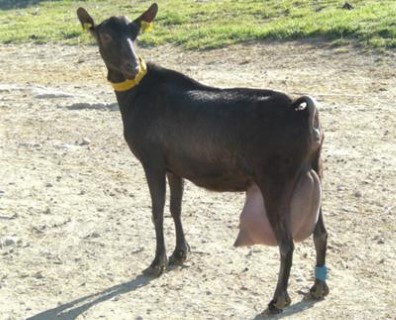Murciana Goats, also called
Murcian, Murcien, Murciene and Royal Murciana Goats are a used for both milk
and meat production. They originally are from the Murcia province - along the
Mediterranean coast of southeastern Spain.
While they have shorter ears
than many goat breed, Murciana Goats have an ear that is shaped like those of
the Swiss breeds, such as Alpines, Oberhaslis, and Saanens. Murciana Goats are
excellent milk producers. Their milk is especially rich in butterfat.
By the early 16th century,
Murciana goats were well established in Spain, as were several other Spanish
breeds, including the Malaguena goat, the La Blanca Celtibora goat, and the La
Castellana Extremena goat, due to breeding policies set by Spain's
long-established Sheepmaster's Guild.
And by the 1920’s a number
where imported to North America. Murciana Goats were used in the development of
the American LaMancha goat, originally bred in the 1930s by Mrs. Eula Fay Frey
of Glide, Oregon, in the United States. Also the long-isolated feral goats of
the Channel Islands, off the coast of California, such as the San Clemente
Island goat and the Santa Catalina Island goat, are thought to be descended
from goats brought to the island by Spanish missionaries and settlers,
including La Blanca Celtiboras, La Castellana Extremenas, and later the more
common dairy and meat goats of Spain, the Malaguenas and Murcianas.
